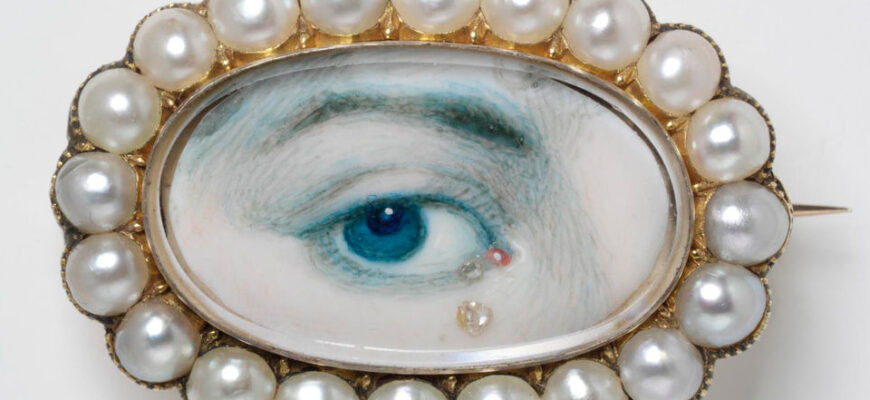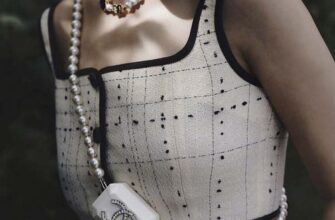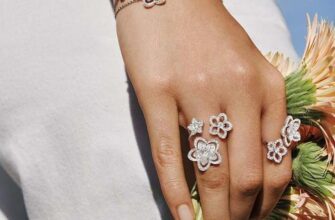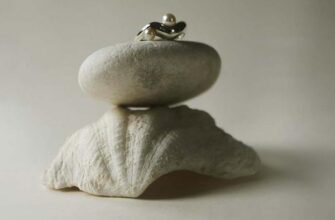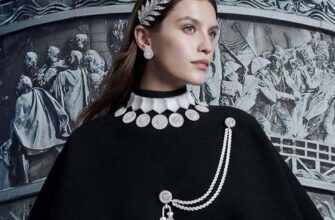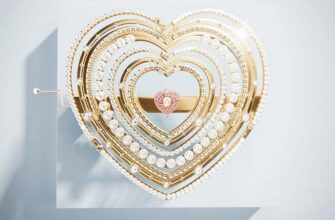Everything that is hidden, secret, inaccessible and ambiguous is the most attractive of all. And our innermost experiences are no exception. It's hard to believe, but once intimate feelings - love, tenderness, devotion, longing - were kept secret. And first of all, this, of course, concerned passion and romantic affections. No joint selfies and statuses "in a relationship" for you. The connection between lovers was a kind of cipher known only to both of them.
Adultery was by no means uncommon, unequal marriages (concluded without much enthusiasm on the part of the spouses) flourished, divorces did not exist, and therefore everyone started romances on the side - from crowned heads to timid maids. What does the decoration have to do with it? - you ask. Why, it was they who became the vicious "language" of secret lovers. In the same way as a symbol of great sorrow, but first things first!
The history of the appearance of jewelry "with a secret"
The lovers began to encrypt their feelings and secret messages to each other even in the era of the Enlightenment. Locks of hair of the chosen one were put into medallions in order to literally “keep them under the heart”. The first mentions of such accessories appear in documents dated back to the XNUMXth century. In general, medallions are still one of the most mysterious elements of jewelry art.
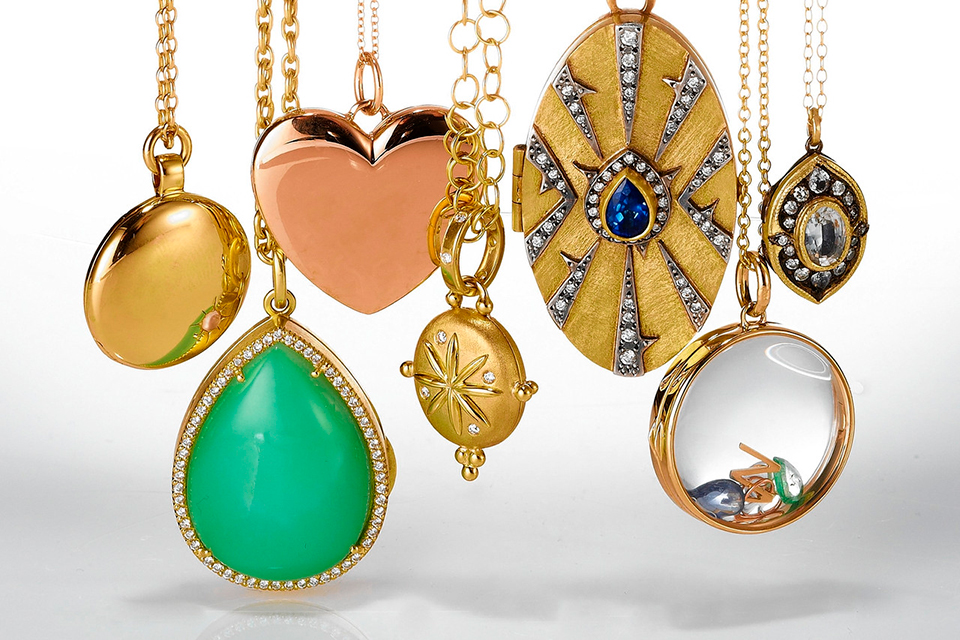
Intimate jewelry became especially popular in the first half - mid-XNUMXth century - during the romantic period of the Victorian era. Decorations with double hearts pierced by an arrow signified a strong bond between lovers; a heart crowned with a crown meant power over the soul; engulfed in flames - passion raging in the mind and body. Love was also expressed by symbols of a lock with a key and Cupid's bow.
Love etiquette of the XNUMXth century did not allow couples to spend a lot of time together and openly flirt with each other, so the images of lovers were placed in jewelry so that they would be there at any hour of the day or night, recalling ardent feelings.
Lovers eyes
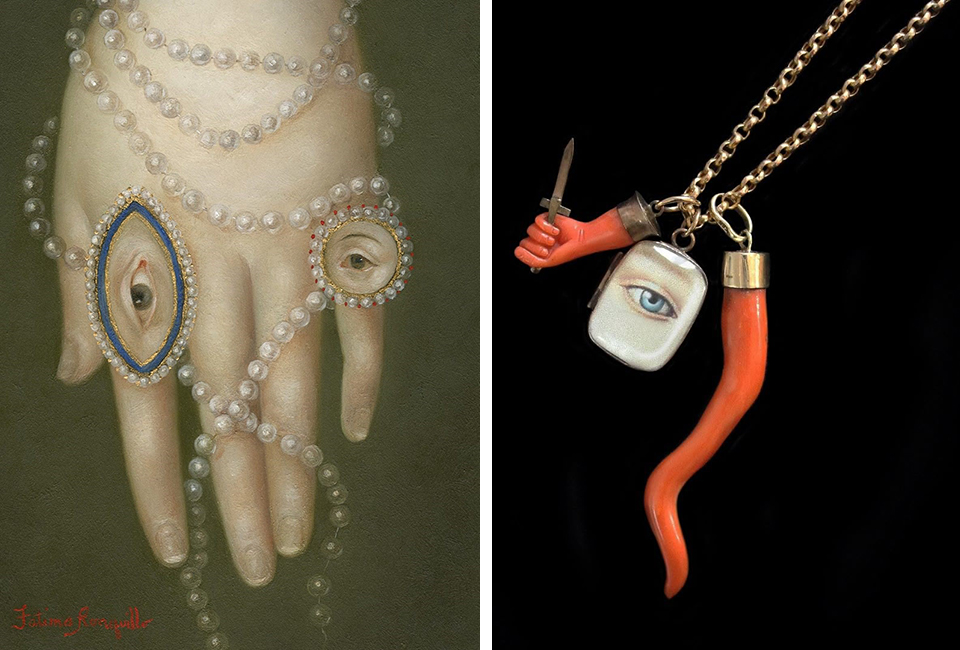
Lover's Eye - eye miniatures - the most popular decoration of the Victorian and Georgian era. By exchanging them, the lovers, as it were, received the opportunity to constantly “keep in sight” the object of their adoration.
According to legend, the idea of creating such a decoration at the end of the 15th century belongs to the British Prince of Wales (later King George IV), who was forbidden by his father to marry twice Mary Fitzherbert. The girl, frightened by the anger of the government, fled to France, and the prince, trying to somehow keep the secret romance, ordered the miniaturist to write his own eye and sent it after her. The ruse worked, Mary accepted the offer, and the marriage was secretly (and illegally) contracted on December 1785, XNUMX.
However, there was little demand for eye miniatures at that time. They became really popular during the reign of Queen Victoria.
Then they were watercolor images applied on ivory or thick paper, placed under glass or transparent precious stones, and depicting the eyes or one eye of a spouse, lover, child. Sometimes such portraits featured images of the eyebrows and hair of loved ones, and sometimes more intimate parts of the body. The beauty of these jewels was that the object of love could not be compromised. It seemed impossible to identify a person by eye at that time.

Lover's Eye were very tiny - from a few millimeters to two centimeters. Wealthy people wore such jewelry on a chain on the wrist or in a pendant next to the heart. Caskets and rings were also decorated with the eyes of the beloved.
But the eye miniatures had another purpose - they were worn in memory of a deceased person. In this case, the portrait was decorated with pearls - symbols of tears.
Yes, people of past centuries not only loved, but also grieved in a special way.
Memento died
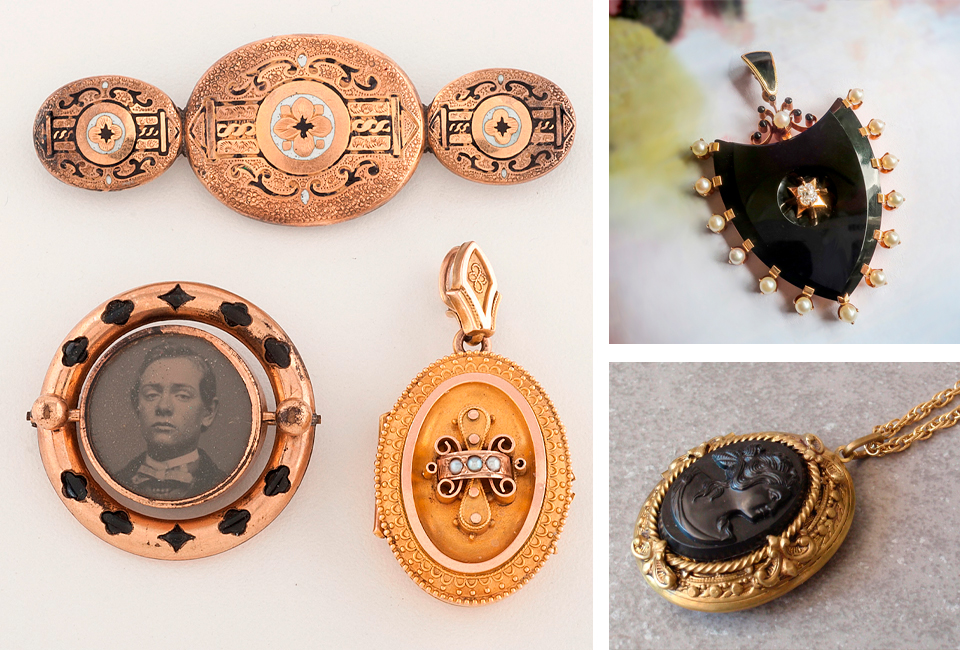
The first jewelry "memento mori" - "remember death" - appeared in the Middle Ages. They were given in memory of a departed relative or friend, and they had to constantly remind the owner that the life of a loved one was over. True, the theme of memory and sorrow can be traced in jewelry art since Antiquity.
Jet is an organic mineral, which is a kind of coal, from time immemorial has been the main component of commemorative, funeral decorations. In the manufacture of such jewelry, black glass, onyx, black enamel, and painted animal horns were also used.
After the Middle Ages, mourning decorations regained popularity in the XNUMXth-XNUMXth centuries, but their types, shapes and decor become more diverse: instead of traditional skeletons, skulls and coffins, images of funeral urns, destroyed columns, tombstone obelisks, overturned torches, crying angels appear. The trend of the time is the motive of two intertwined locks of hair - a symbol of inseparability.
Later, memorial rings dedicated to memorable historical events and iconic personalities also became widespread. So, in France after the death of Napoleon, memorial rings with his images come into fashion. The funeral rings created on the occasion of the passing of the Russian monarchs have also survived.
In the second half of the XNUMXth century, mourning bracelets appeared with a snake biting its tail - a symbol of eternity. The popularity of this motif in jewelry can be traced back to the times of Ancient Egypt.
Jewelry with a lock of hair
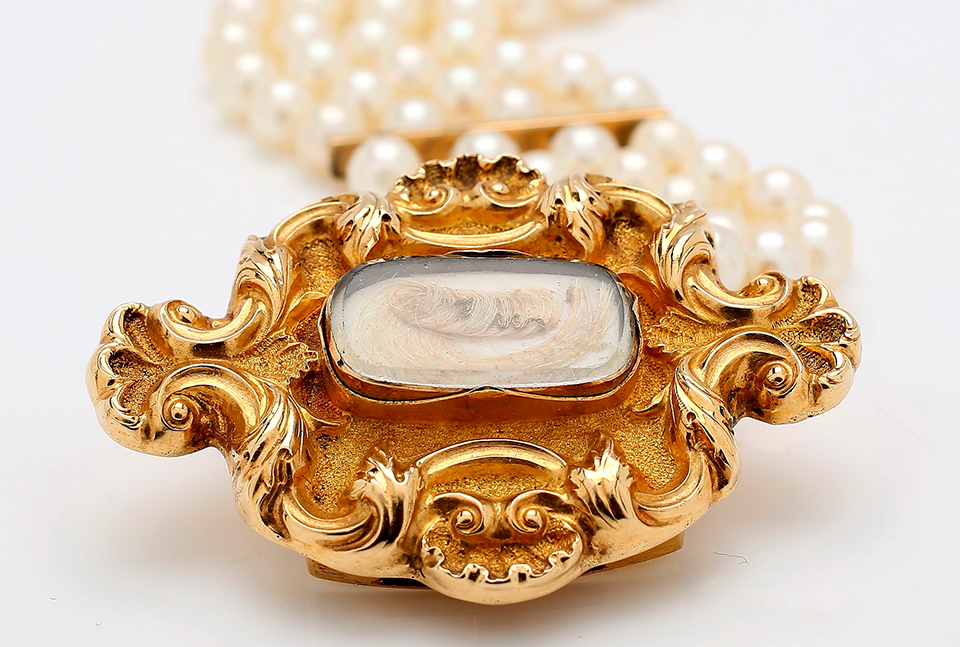
From the middle of the XNUMXth century, hair began not only to fit under the glass of a funeral ring or other adornment in the form of intertwined curls, but became the basis of decor. The hair treatment process was not easy - they were washed with hot water, treated with glue, twisted into strings, from which, using the crocheting technique, nets, brushes and other decorative attributes of jewelry were made. Hair was used not only for funeral purposes, but also for wedding and engagement jewelry.
Romantic jewelry was also created with the hair of lovers - hair patterns were placed on the surface of agate or mother-of-pearl and fixed with transparent glass.
In the United States, during the Civil War, a soldier leaving home left a lock of his hair for loved ones, and if he died in battle, a mourning decoration was made of it - most often the lock was placed in a medallion with the name of the deceased engraved on it.
Yes, both life and death - both parts of our existence - deserve anxious attention and true memory.
Decoration in the style of "Acrostic"
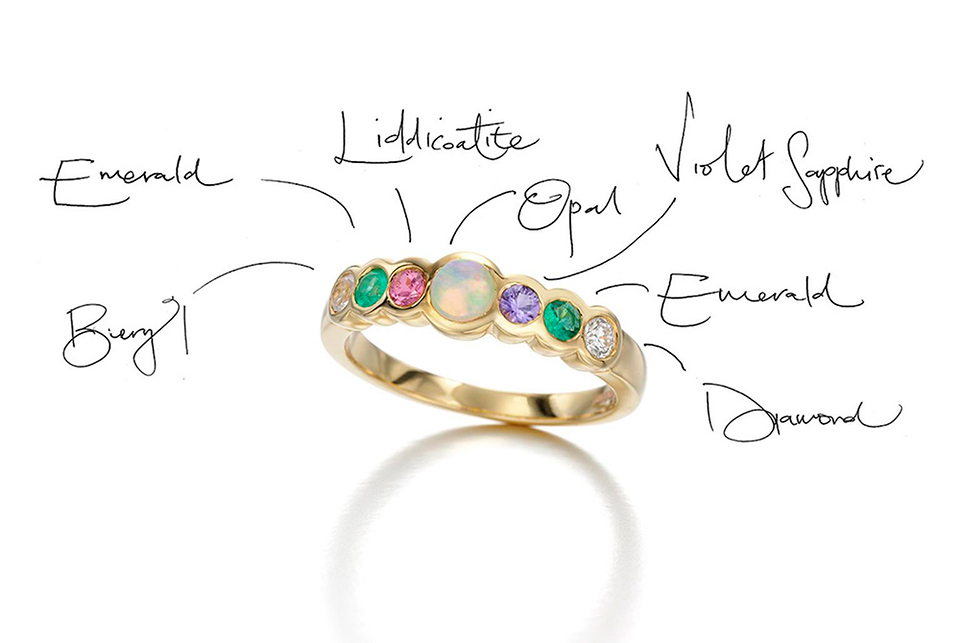
Another interesting type of intimate jewelry with encryption of the senses is acronym jewelry that became popular in France during the Napoleonic era. Napoleon presented bracelets of this type to his famous mistress Josephine Beauharnais and his second wife Maria-Louise Habsburg. The authorship of the Napoleonic bracelets belongs to the Chaumet jewelry house. And the very first bracelet of the brand was named symbolically, with the name of the customer “Napoleon”.
Each stone symbolized the letter of the name of the great commander: with the help of natrolite, amethyst, peridot, opal, lapis lazuli, emerald (emerald in English), onyx and again natrolite, the name of the emperor and the name of the month in which he was born were collected - August.
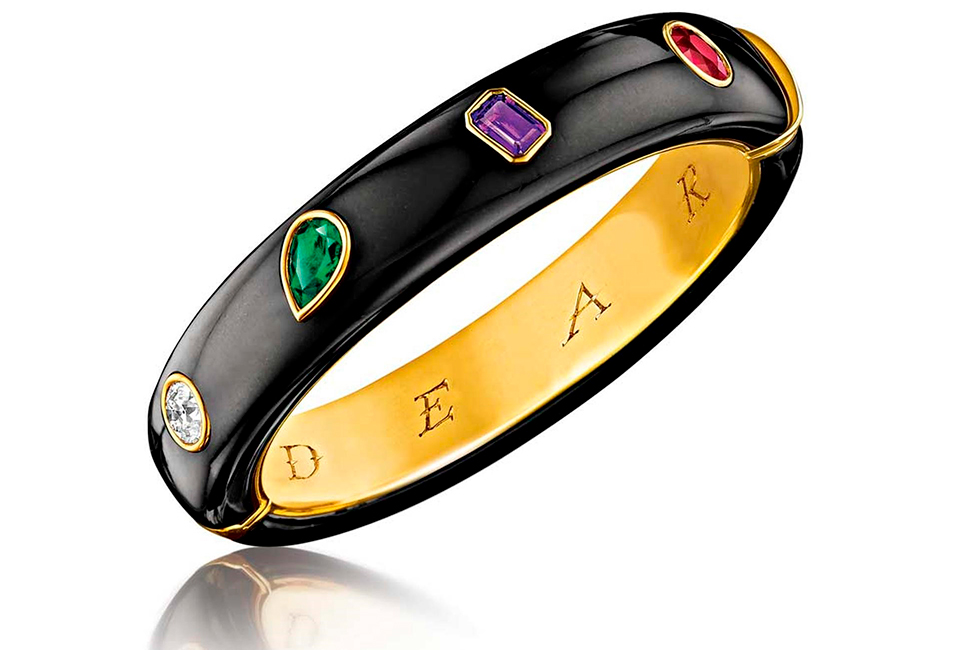
Subsequently, the brand developed this method and, using computer technology, created its own alphabet using the names of 26 gems, corresponding to the number of letters of the Latin alphabet. From the first letters of the names of precious, semiprecious and ornamental stones and Roman numerals, it is possible to add any dates and names.
Halved jewelry and modern symbols of love
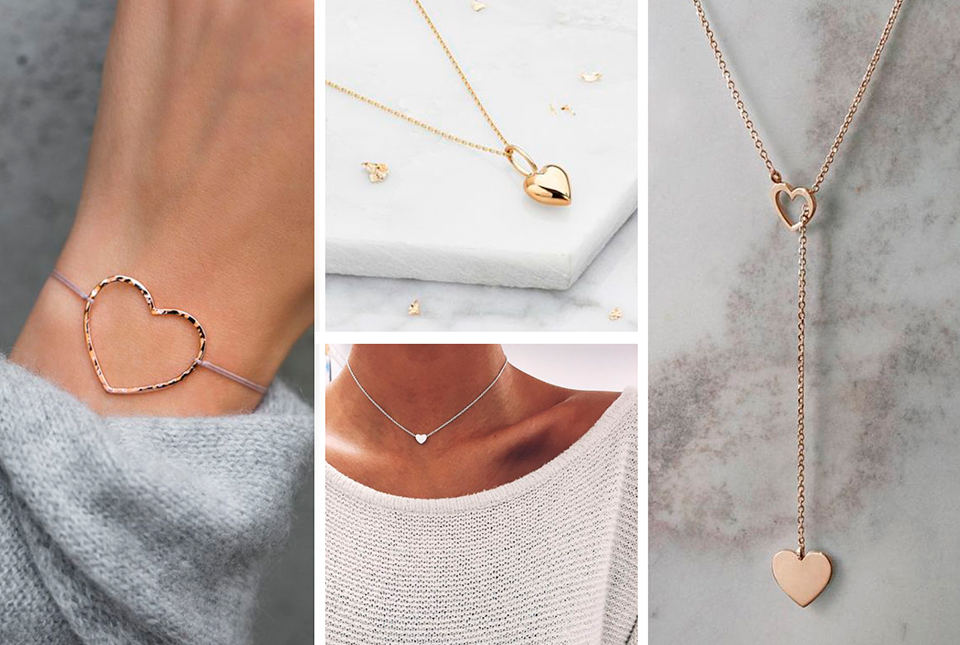
Perhaps the most popular jewelry trend for lovers today is paired pendants: the image of a heart, angel wings or mosaic fragments, divided into two parts, romantically joins together only when the owners of the jewelry are together. True, these days there is no need to hide: we ourselves every day declare our feelings in social networks and instant messengers. And the images of hearts, cupids and arrows of Cupids from secret jewelry messages have long turned into a trend. So why not follow it?
